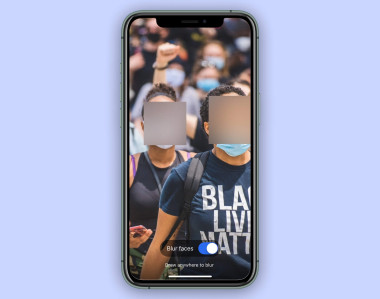Blur tools for Signal
Blur tools for Signal: if you take or edit photos of crowds or strangers with Signal, you can use our face blur tool to quickly hide people's biometric face data.
You can then export the photo from Signal if you want to post it publicly.



Add comment